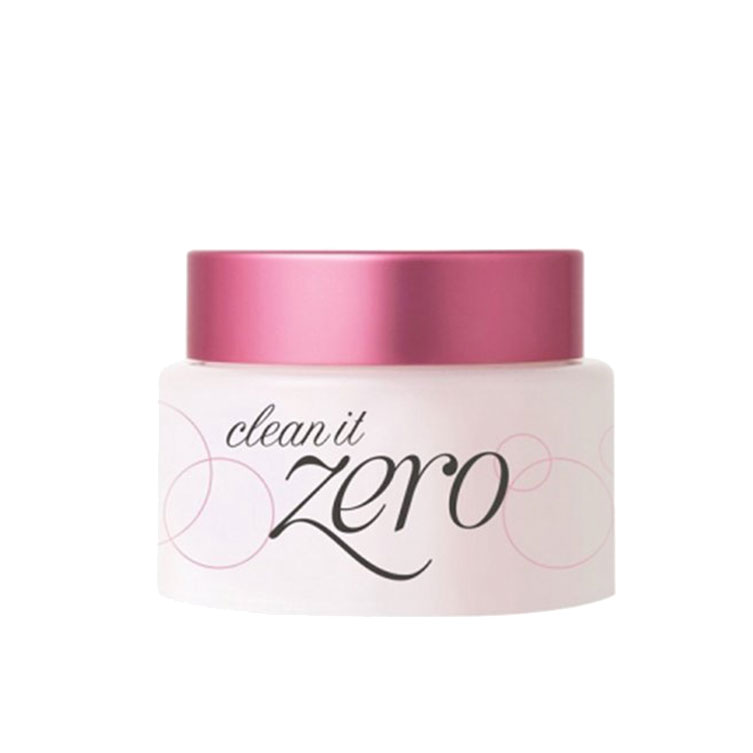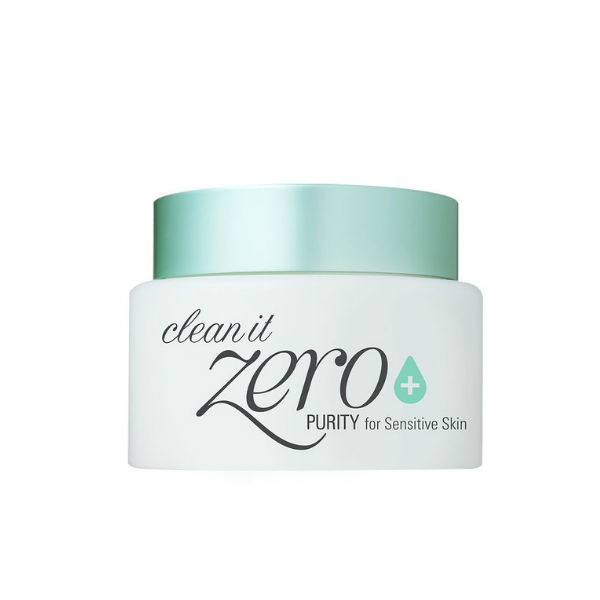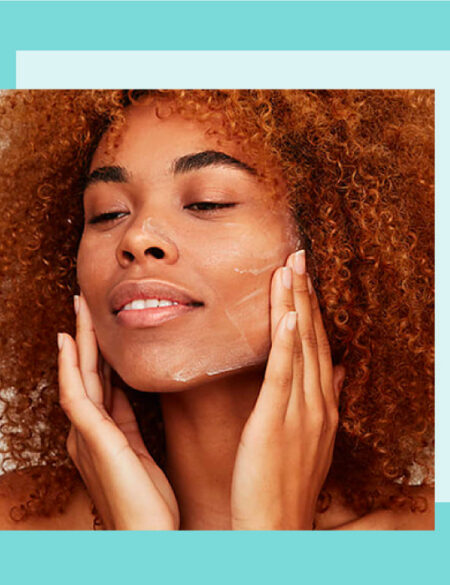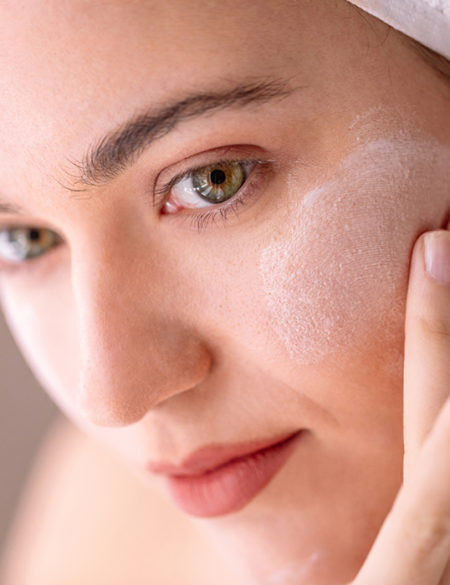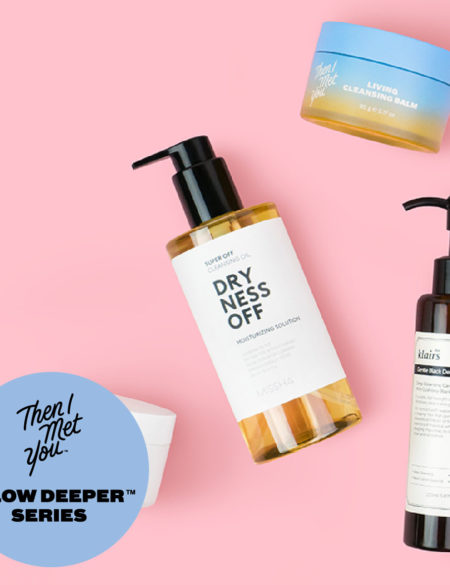Oil cleansing is a game changing skin care step that seems like a fun opportunity to create a DIY oil cleanser. But not all oils, or skin types, are the same.
As someone who was originally a skeptic, I cannot sing enough praises about oil cleansing. It works wonders with so many skin types and truly gets at even the toughest of mascara clumps. But navigating the options can seem a bit tricky, and sometimes you wonder to yourself: Why use a store-bought product when I can just slather some olive oil on my face and call it a day? We did some digging and found out what you should know about DIY oil cleansers before trying them out yourself.
If not used correctly, DIY oil cleansers can cause skin problems.
Michele J. Farber of Schweiger Dermatology Group in NYC, explained that “homemade mixtures are more concentrated and have more side effects, such as irritation and increased risk of pimples—exactly the opposite of the desired effect.” Many dermatologists are seeing patients developing cystic acne from use of DIY oil cleansers, due to the use of oils that are not compatible with their skin type.
For example, using a thick and heavy oil on already acne-prone skin is not good. Also, the skin around the eyes is especially delicate and susceptible to irritation, and experimenting with different oils to take off makeup can be a huge problem. Now of course every person’s skin is different, but keep in mind for many people with problem skin this could cause more problems than it helps.
DIY oil cleansers don’t wash off the same as commercially produced oil cleansers.
This point is probably the most important distinction. Commercially produced oil cleansers have surfactants that help them act as a cleaning agent and grab dirt and oil from the surface of your skin. The oils you find in your kitchen don’t, so it’s likely they aren’t even properly cleaning your face. And on top of that, when you rinse, oil and water aren’t exactly friendly. Without added surfactants, there is nothing there to bind the dirt and oil together when you try to rinse it off. Additionally, commercially produced oil cleansers are made with a combination of oils and ingredients that are intended to be compatible with many skin types.
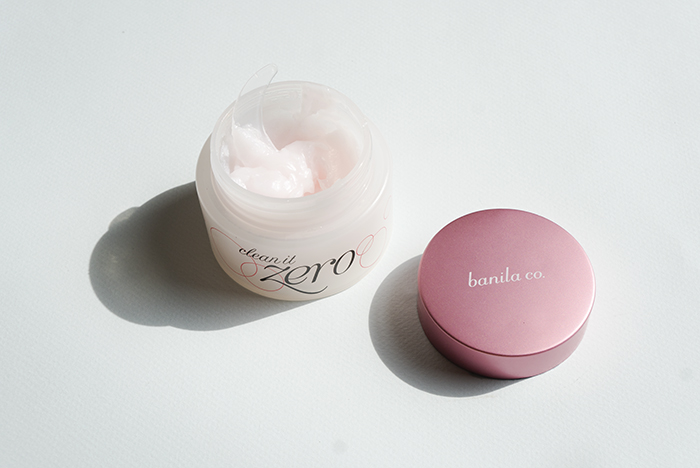
For example, the Banila Co Clean It Zero Classic uses a blend of mineral oil, papaya extract, and plant extracts to give you an oil that cleanses, exfoliates, and hydrates all in one. The sensitive skin alternative and personal favorite of mine, the Banila Co Clean It Zero Purity, has a blend of primrose oil, rosemary oil, and lavender oil which gently soothes the skin as it cleanses. Both of these are formulated to be safe for most skin types and function as effective cleansers.
Not all oils are created equal.
Many of the problems people see come from using the wrong oil for their skin. “Essential oils can be good for clearing out bacteria and oil cleansers have become very popular for acne treatments, however it is important that it is the right blend of oils,” says Farber. “Certain oils are anti-inflammatory and anti-microbial, meaning they’ll help clear acne causing bacteria, and others are very comedogenic, meaning they’ll clog your pores. This is where you can get into trouble with homemade mixtures; the typically helpful cleansers you can buy at your dermatologist are often diluted and contain specific oils such as tea tee, rosehip and juniper oils. They also may be combined with acne-fighting acids like salicylic acid to pack an extra punch.”
Some oils such as tamanu oil, pomegranate seed oil, and sea buckthorn oil can be good, gentle, natural alternatives. Even trying a blend of different oils can get you a bit closer to an at-home version of your favorite brand of oil cleanser, and can be a safer approach for your skin. The same way you would with store-bought products, always make sure to do a small patch test before applying anything to more sensitive areas on your face.
So which oils in particular should you steer clear of?
You should try to always avoid using olive oil, coconut oil, and castor oil as a DIY oil cleanser. Olive oil and coconut oil especially can be tricky as an oil cleansing since they tend to actually clog pores rather than clear them when applied to oily skin. This is mostly directed at people with oily skin or combination skin with oily tendencies. Heavier oils, like avocado, can also aggravate already oily complexions. Avocado oil in particular is usually best suited to people with dry, mature skin.
The one often lauded for its ability to work as a DIY cleanser is castor oil. As I mentioned before, these oils you find in your kitchen are not produced with the intention of being used as cleansers. They lack the necessary surfactants to be thoroughly cleansed from the skin. When left behind, this oil can clog pores and cause skin irritation or breakouts. It can even cause problems for dry skin since this particular oil has been known to be very drying to even rather oily skin.
“The worst offender in DIY mixtures is castor oil, followed closely by olive oil, as these are very comedogenic and can lead to very severe cystic acne breakouts,” says Farber. “Coconut oil can also clog pores; while it’s great on the body for dry skin, be careful with DIY mixtures on your face.”
Bottom line:
Don’t get me wrong, DIYs can be a great way to experiment with your skin care. It can be fun and seem more natural, but the skin care companies really know their stuff and have your skin’s best interests in mind. So, if you’re going to experiment with a DIY oil cleanser at home, be smart. Do some research into ingredients you want to try out. Every person has their own particularities with their skin, so what works for one person is not going to be the best for another. The best way to go about it is consult your dermatologist and test different methods on small patches of skin before applying homemade concoctions to your face and the rest of your body.



